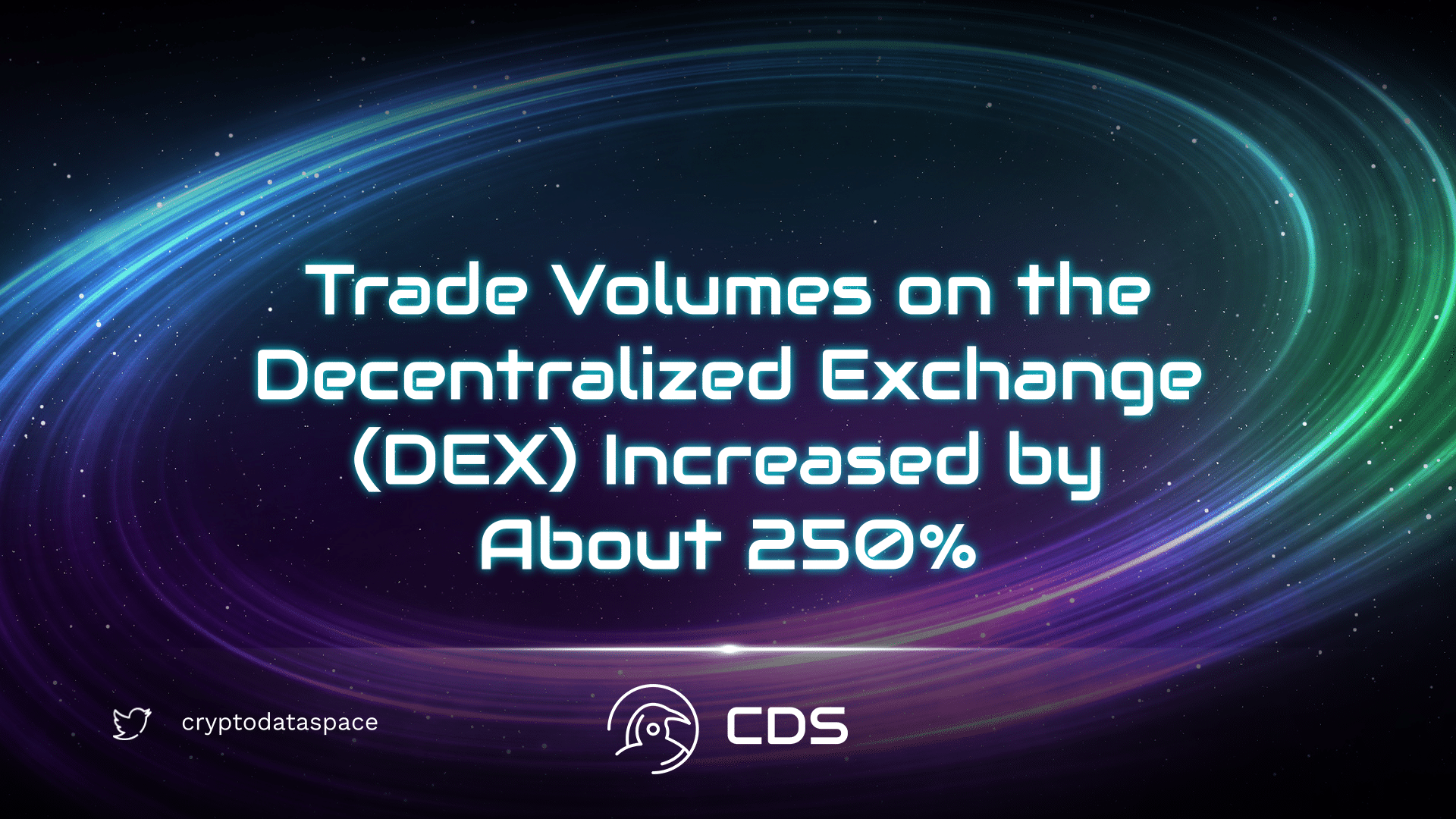During the stablecoin crisis earlier this week, when the value of USDC, the second-largest stablecoin by market capitalization, fell to a low of $0.87 before recovering, decentralized exchanges (DEXs) saw an enormous increase in trading volume.
Trade Volumes on the Decentralized Exchange (DEX) Increased by About 250%

USDC thus hit an all-time low. This was largely due to the fact that $3.3 billion, about 8% of Circle’s total reserves, were in the shuttered Silicon Valley Bank. On the other hand, the second-largest failure of a major US bank in history, Silicon Valley Bank (SVB), was shut down by US regulators last week as a result of a panic-instigated bank run.
SVB was a well-liked option among individuals in the digital asset sector since it had close ties to the venture capital market and was recognized for being welcoming to cryptocurrencies. Circle and its stablecoin, USDC, came under a lot of strain as a result of SVB’s abrupt collapse.
The FDIC stepped in to solve the problem. With the regulatory agency stepping in, the institution stated that it would reimburse depositors. On the other hand, we can say that before the FDIC stepped in, there was an active atmosphere for the funds in the stock market.
About DEX Volumes
Coinbase, a participant in the ENTRE Consortium, the driving force behind USDC, announced the suspension of redemptions into USD over the weekend, which exacerbated the problem. Several traders likely turned to decentralized exchanges to look for additional options after the announcement.
The volume of DEX transactions grew by 249% on March 11, from $7.14 billion to $25.0 billion. Moreover, Ethereum’s gas costs, which measure network activity, reached their highest point in 2023, peaking at 101 Gwei.















Leave a comment